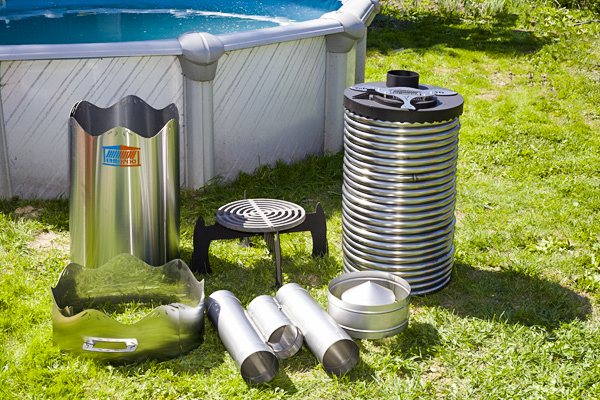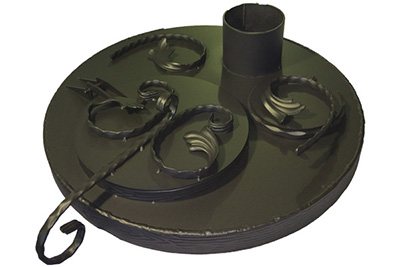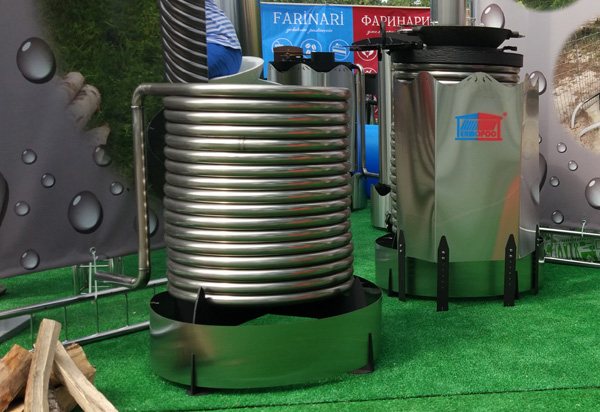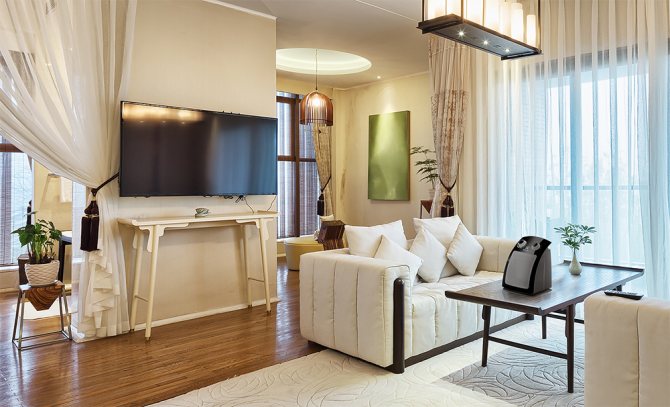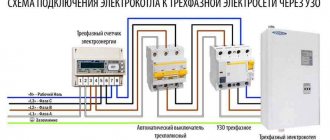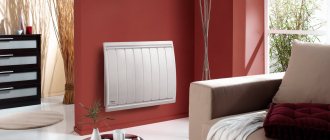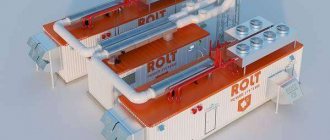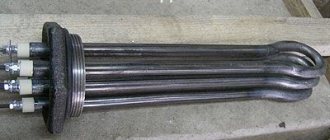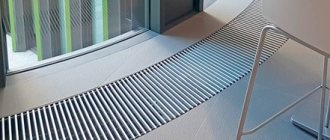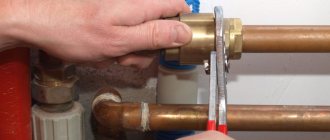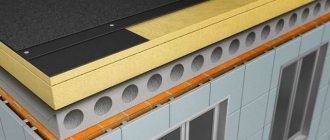In a modern kitchen, it is impossible to imagine your life without an electric kettle. Manufacturers around the world are constantly offering something new, improving their products and the development of household appliances does not stand still. Currently, kettles are equipped with systems for remote switching on and control via Wi-Fi using a mobile phone or tablet, the ability to adjust the temperature of hot water, lighting, filters for cleaning, and so on.
However, the main elements of the kettle are still: a body, a heating element, a platform for connecting to an electrical network, inside which there is a cord and a plug. The very first electric kettles were equipped with an open coil. Such home helpers had a lot of shortcomings and quickly went out of order. Now such teapots are considered obsolete and are already scarce on the market. The next step was devices with a closed spiral, and then a disc heating element was invented. Let's take a closer look at the last two water heating systems.
Hidden spiral
The hidden spiral has replaced teapots with the so-called snail, which reminds everyone of the well-known boiler. This design is based on a heating element covered with a special metal disc. stainless steel... The heating process goes as follows: first, the spiral heats up, which, in turn, heats the bottom and then gives off heat to the water. The absence of direct contact of the heating element with water improves its taste, and also reduces the formation of limescale, which significantly extends the life of the device.
The flat bottom looks much nicer and more practical, which allowed manufacturers to apply new design solutions and use the central location of the contact group at the site for connecting to the network. This technical solution made it convenient for both right-handed and left-handed people to use the kettle.
Complete set and accessories.
The flagship of the TERMOPOOL range of heaters is the VOLCANO 50 model. Its complete set includes everything you need for full and fast water heating. Namely: Spiral 36m (pipe AISI 304 stainless steel 32 * 2mm), covered from the inside with heat-resistant enamel up to 1000 degrees. The cover is made of stainless steel AISI 304, (3mm) with the use of heat-resistant stainless steel reinforcements 21mm in diameter and decorative elements, also made of stainless steel. The chimney is made of stainless steel. Consists of two pipes 0.5m, diameter 140mm, gate valve and deflector. A 0.8mm stainless steel screen that completely covers the coil. The stand (made of 5mm steel and made using laser cutting) is covered with heat-resistant enamel. The grate is made of 20mm thick cast iron. Ring / Cover with decorative cut and door for easy ash removal. (Stainless steel 0.8mm thick) height 180mm.
|
| VOLCANO complete set |
For those who want to enclose the heater with a stone or install it in an existing oven, we have produced a series of BASIS heaters. The standard set of Basis includes: Spiral (pipe AISI 201 stainless steel 32 * 2mm), covered from the inside with heat-resistant enamel up to 1000 degrees. The stand (made of 5mm steel and made using laser cutting) is covered with heat-resistant enamel. The grate is made of 20mm thick cast iron. Ring / Shroud (stainless steel 0.8mm thick) around the stand, height 150mm.
|
| BASIS standard kit. |
In addition, for the BASIS series, you can purchase: A cover that will increase the power of your pool heater by 15-20%. The cover is made of 3 mm. steel, painted with heat-resistant enamel. The hatch of the lid allows you to install a cauldron, smokehouse or grate in its place. Combine pool heating with cooking. The lid has an outlet for the chimney.
|
| Heater cover |
|
| Basis series standard kit on the left, with screen and cover on the right. |
The protective shield gives the complete spiral look. It protects you from the heat and, unlike the spiral itself, which is covered with soot and drips of condensation, retains the beautiful appearance of the heater for many years! The protective cover will keep the pool away from heat and sparks.
Disc heater
The next step in the development of heating systems was the disc heater. In this design, the heating element is fixed on the back of the bottom and the water is heated directly, without using any spirals from below. It is this approach that is most effective and saves electrical energy, because there is no heat loss for the metal disc, as in kettles with a hidden spiral.
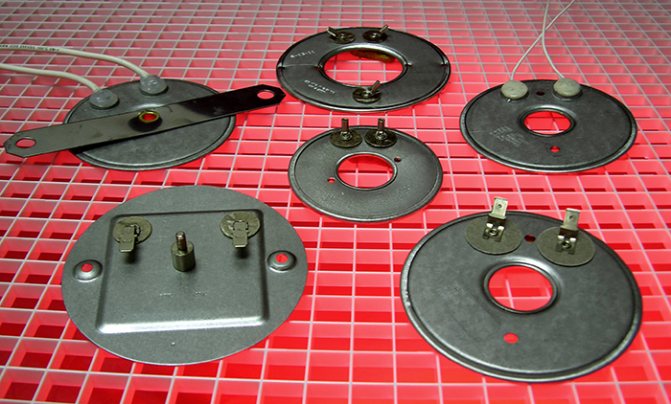

With equal powers, a kettle with a disc will heat the water faster, due to the larger heating surface. The use of a disc heater made it possible to increase the volume, with the same dimensions as the kettle with a hidden spiral. Families with a large number of people will appreciate it. And also in such a kettle you can boil a small amount of water (250 ml) and for one, moreover, in devices with a different system - the minimum volume starts from half a liter (500 ml).
Internal arrangement of electric heaters
It is convenient to consider the internal structure using the example of a tubular model. The electric heater is a ceramic or metal tube filled with a thermal conductor with a spiral located inside.
In the place where the tube is fixed to the flange, there are insulating bushings that make it impossible for the conductive spiral to contact the heating element body.
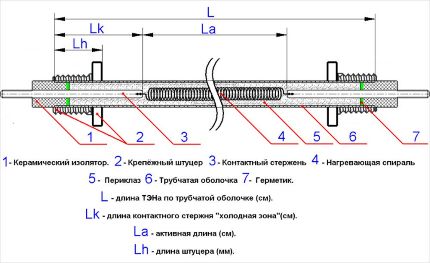

Most TEN models use similar components, but their durability may vary depending on the build quality
The electric heater is fastened mainly with a flange connection, which makes it possible to seal the internal environment of the heater from the external space. The disadvantage of this design is the impossibility of replacing the coil when it burns out internally.
What common?
Having briefly considered both types of heating systems, we can say that they are very similar... They are easy to clean and easy to descale. They can be used in any case design, be it plastic, glass or stainless steel. And also such electrical appliances can rotate on the platform, which will be convenient for both left-handers and right-handers. A very important and useful function in such devices - protection against switching on without water, which will undoubtedly extend the life of the device.
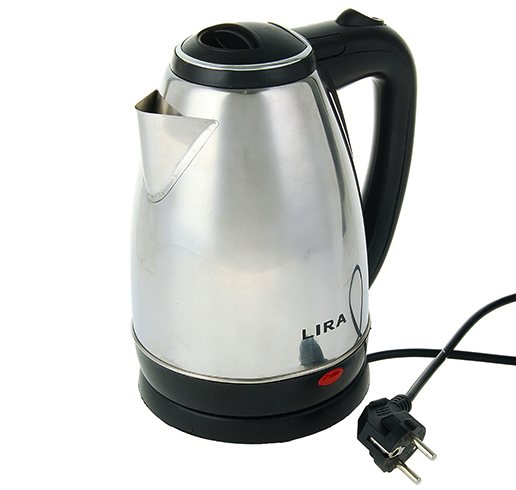

Accumulative electric water heater of layer-by-layer heating, DHW with a double-circuit
A two-stage boiler makes it possible to create a hot water supply system in the house with almost no effort or investment in it. All that is needed, in the form of a plate heat exchanger, control circuit and connections, is already in the boiler itself. It remains to connect the boiler to the cold and hot pipelines.
When you open the hot tap, cool water will go through the boiler, it will automatically turn on and heat it in flowing mode ... Minimum investment and space does not take up.
But most users still want to get rid of this water heating system with a second circuit or improve it.
Next, we will consider the reasons why DHW with a double-circuit turns out to have significant disadvantages.Can a storage electric water heater of stratified heating help? - and how to apply it.
Cons of hot water supply with a two-stage gas boiler
By creating an inexpensive small hot water supply system with only one double-circuit, you can significantly save money when compared with a single-circuit and indirect (a tank with a coil in the middle). But customers here are also faced with the disadvantages of flow heating.
- The water temperature is unstable, changes quickly, you can get burned, it is difficult to adjust the flow rate to the required temperature. The reasons are surges in pressure in the network, different consumption of water from the tap, and at a low flow rate, the boiler will work in the "on-off" mode, clock.
- When you open the tap, cool water comes out first. It is necessary to wait until the boiler turns on, heats up the water and it reaches the tap. A lot of cold water is discharged into the sewer. But then it's hard to guess what the temperature will be ...
- The boiler turns on every time the tap is opened, makes noise, wears out very quickly.
What to do in a similar situation?
How to eliminate the disadvantages of hot water supply from the second circuit of the gas boiler
It is clear that to equalize the water temperature, it is necessary to use a storage boiler. Craftsmen have long learned to include an electric boiler in the hot water supply network from a two-stage boiler. An approximate diagram is shown in the figure.
As a result, the taps have a stable hot water temperature. But at the same time:
- The boiler turns on every time as before and threatens to break.
- Large electrical consumption, since cool water also penetrates into the storage electric water heater, and hot water is stored for a long time.
- The overall costs of the system and its massiveness increased without a radical change in quality - half measures.
Another stereotypical way out of the situation is to forget about the existence of the second circuit, and to include the indirect circuit and the control scheme for it at the first - fine, but expensive.
More recently, an additional solution has been found in the form of an electric storage layer-by-layer heating water heater.


The operation of the electric storage layer-by-layer heating water heater
Accumulative electric water heater of layer-by-layer heating is an insulated tank operating under pressure with a traditional anode in the middle, which prevents corrosion, and with several pipes for supply and water intake, brought out to various heights in the middle of the tank.
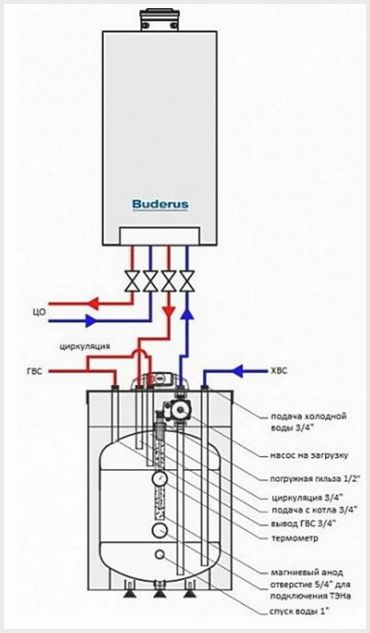

Many indirectly heated stratified water heaters are also equipped with a built-in circulating pump. Consider how a layer-by-layer storage electric water heater is connected and how it does not stop working.
- Cool water is supplied to the bottom of the tank, it displaces hot water, which goes to the tap through a complex of water intake facilities at the very top of the tank.
- The circulating pump turns on when there is cold water, takes it from the part that is located at the bottom and distills it little by little through the boiler. The water is heated in the boiler and enters the upper part of the tank, where it is immediately supplied to the tap.
- The activation of the pump is controlled by an automation, a meter of which monitors the temperature, or rather, the thickness of the hot layer at the top of the tank. As soon as there is little hot water, the pump turns on. But the heating temperature is set only approximately, it is set by the pump's performance, which can vary.
Is an electric storage water heater required for stratified heating? - removal of cons
The layered storage electric water heater provides the desired comfort of water use with a double circuit.
- Hot water of a stable temperature is supplied for parsing.
- It becomes possible to perform the movement of water in a closed circuit between the layer-by-layer accumulator and the taps, as well as with the indirect one.In this case, when the tap is opened, hot water flows immediately.
- The boiler does not turn on often if it is necessary to heat up (charge) the electric storage water heater.
Another striking advantage: when the electric storage water heater is cold, you do not need to wait for a long time for it to be fully heated. Hot water will appear in the tap as soon as a layer of hot water forms at the top of the container.
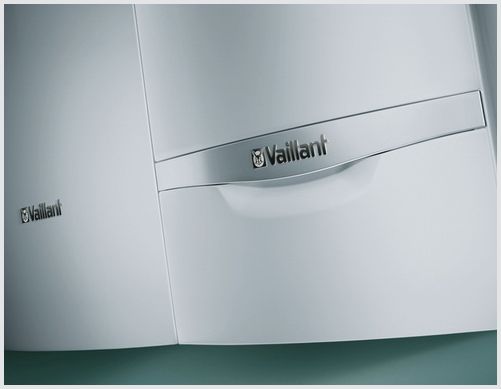

Which is better - an indirect storage electric water heater or layer-by-layer
The owners of boilers with two circuits, who became victims of the disadvantages of the instantaneous water heating system, and then found a way out in the form of a layer-by-layer accumulator, praise the final one in every way - they are happy. The following is noted.
- With a cold electric water heater, a hot small stream of water in the tap can be obtained very quickly, and not as with an implicit one - it is necessary to wait until the entire storage electric water heater warms up - 10 - 15 minutes.
- The temperature of the water in the tap will be constantly stable hot at a high water flow rate until the entire hot layer is drained, which the boiler will not have time to replenish. At the same time, for indirect ones, at a high flow rate, more than the online boiler can heat, for example 20 kW, the water temperature will start to gradually decrease ....
But the owners of single-stage boilers and indirect storage water heaters note the following.
- Their temperature is more accurate, which is set, and it will be similar. At the same time, you can set it to a comfortable one and not use mixing in the tap, as in layered ones - "approximately hot", which the boiler will heat up.
- The choice of their storage water heaters is large, their volumes are larger, choosing an electric storage water heater for 120 - 180 liters is no problem, which will naturally fill a large hot bathroom very quickly. At the same time, it is absolutely not long to wait for full warm-up ...
And the prices for these various systems have roughly leveled off.
Major differences
However, there are also significant differences between these systems. The main thing is that the disc has high efficiency (Efficiency) due to the larger heating surface, this allows you to quickly bring the water to a boil. And also a disc heater, in comparison with a closed spiral, creates less noise during operation.
A more modern heating system allows the use of various additional functions (temperature control, remote switching, etc.), which are easy to use in the "smart home" system. An important difference between teapots with a closed spiral and teapots with a disc heater is price... For teapots with a disc, the price is on average 5-10 percent higher.
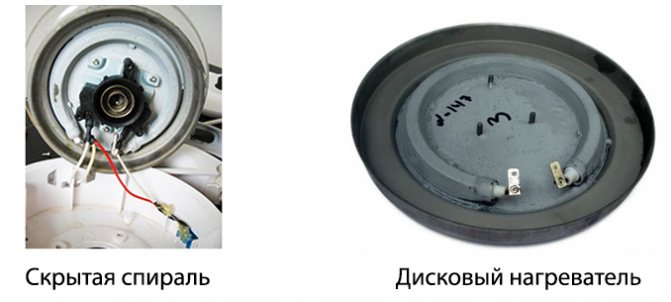

What to choose in the end?
Now on the market there is a huge selection of teapots for every taste and color. The most durable are electric kettles with stainless steel body, however, this model is not suitable for families with small children, because the body is exposed to strong heat and the baby may burn itself. The glass case looks very stylish and the process of boiling water is simply mesmerizing, but the fear of mechanical stress and shock makes you think about choosing such a model. The cheapest option is plastic... A very practical and versatile material. Suitable for absolutely everyone and will fit into any kitchen interior. But there is one drawback - due to constant contact with hot water, a plastic taste may appear over time.
An important criterion for choosing a device is its volume... Disc heater kettles are large in volume and the same dimensions as a closed coil kettle. The standard volume is one and a half liters (1.5 l), but manufacturers can offer both small (liter) and large teapots with a volume from 1.7 to 2 liters and above... The power of an electrical appliance directly depends on the heating system used and can vary over a wide range. After all, the more powerful the kettle, the faster the water will boil.
Drawing a conclusion about the heating systems that have been described above, we can say that kettles with a disc heating element are undoubtedly more modern, durable, energy-intensive and less noisy. Thanks to their design and the ability to be used in a body made of any material, they will easily fit into a modern kitchen. However, if the main criterion is price, then you should take a closer look at plastic teapots with a closed spiral. For a lower cost, you get ease of maintenance and operation.
Electronics and technology
How to make a heating system based on a heating element with your own hands
Unfortunately, the bureaucratic delays for installing a boiler in a residential building are too troublesome. But you cannot do without them when it comes to a residential building.
Independent handicraft installations are assembled at your own peril and risk and can only exist in country houses or garages, otherwise a fine from Energonadzor cannot be avoided. How to make heating elements for heating a house with your own hands is described below. You will need the following tools and materials:
- Metal pipes. The diameter depends on the volume of the entire water system.
- Sheet metal. The body, plug and flange will be assembled from it.
- Pipe heating elements.
- Plastic containers of the required volume. A regular 10 liter canister will do.
- Rubber tube.
- Welding machine.
- Radiators. The number depends on the number of rooms. It is not difficult to calculate the sections - for a room of 10 m², 6 elements in a radiator are enough.
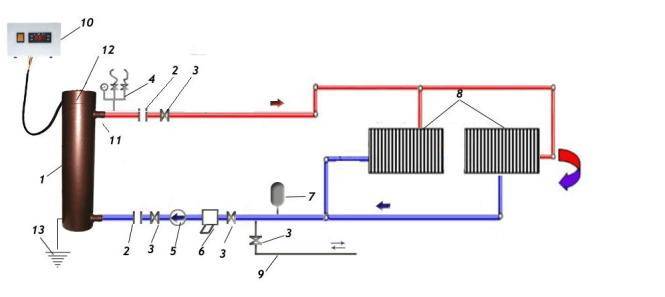

Before starting work, you should draw up a sketch of the future makeshift boiler. It is strongly recommended not to start work in the absence of knowledge, in general - it is better to purchase a ready-made system or outsource the work to a specialist.
So, an electric heater for home heating and water heating - installation:
- A pipe with a diameter of up to 90 cm is welded on one side, obtaining a semblance of a cylindrical tank - this is the body of the boiler. In the part opposite to the installation of the heating element, two holes are cut out, with diameters similar to the system through which the water will circulate.
- A heating element is screwed onto a prepared round piece of sheet iron and the structure is placed in the tank so that the element does not touch the walls - the flange will act as a lid.
- Now the heating system is being mounted, connecting radiators and pipes in series. Finally, they are connected to the boiler through pipes with the participation of a rubber hose.
- Since water tends to evaporate, it will need to be refilled periodically into the system. For this, a container with a hole in the bottom for a rubber hose is mounted from a plastic canister or bucket. It is connected to the supply system so as not to be destroyed by the temperature drop of the tank walls.
The boiler and heating element for heating the house is ready. First, the tightness of the installation is checked and then it can be put into operation by connecting it to a power source.
